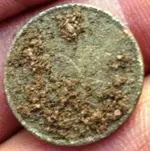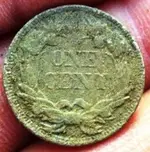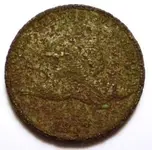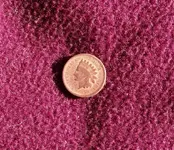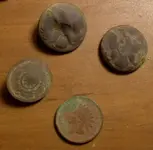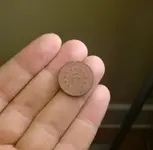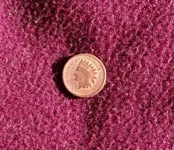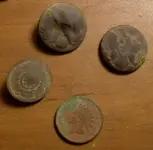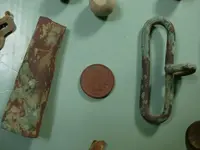minton7
Hero Member
- Joined
- Mar 28, 2007
- Messages
- 981
- Reaction score
- 17
- Golden Thread
- 0
- Location
- south central ohio
- Detector(s) used
- White's Spectrum XLT
- #1
Thread Owner
hit a flying eagle cent.... back in completely smooth.... on the front u can see the eagle outline.. nuttin else.... is red.......... must be the nickle part of it making it turn red i nthe ground..... any one know how to clean this in hopes of seein a date??



